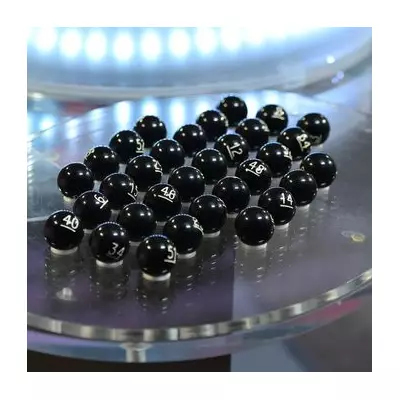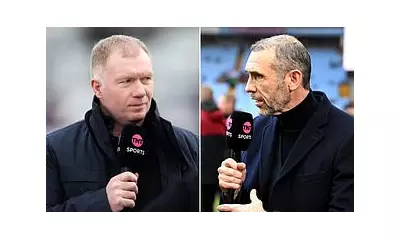
Mikel Arteta has implemented a significant restructuring of Arsenal's leadership hierarchy, appointing five key figures to form a new leadership group within the squad. This strategic move comes as the Gunners prepare for another intense Premier League campaign.
The Chosen Five: Arteta's Trusted Lieutenants
According to reports from the Mirror, Arteta has carefully selected a quintet of players who will take on increased responsibility both on and off the pitch. The group represents a blend of established stars and emerging leaders who embody the manager's vision for the club.
Martin Odegaard: The Captain Leading the Charge
The Norwegian playmaker retains his role as club captain and remains the central figure in Arteta's leadership structure. Odegaard's technical excellence and quiet authority have made him an ideal representative of the new Arsenal philosophy.
Gabriel Jesus: The Big-Game Performer
Despite facing increased competition for his starting position, the Brazilian striker's experience and winning mentality have secured his place in the leadership group. Jesus brings valuable title-winning knowledge from his time at Manchester City.
William Saliba: The Defensive Rock
The French centre-back's inclusion signals Arteta's faith in the young defender's growing influence. Saliba's commanding presence in defence and consistent performances have marked him out as a future leader at the Emirates.
Declan Rice: The New Voice
Arsenal's record signing has quickly established himself as a crucial figure since his summer arrival. Rice's leadership qualities were evident during his time as West Ham captain, and he's seamlessly transitioned into a key role within the Arsenal setup.
Aaron Ramsdale: The Vocal Presence
Despite facing increased competition for the number one jersey, the England international maintains his position in the leadership group. Ramsdale's communication skills and organisational abilities from the back remain highly valued by Arteta.
Strategic Shift in Squad Dynamics
This new leadership structure represents a deliberate move away from traditional hierarchical models. Instead of relying on a single vice-captain, Arteta has opted for a collective approach that distributes responsibility across multiple players and positions.
The selection criteria appears to focus on players who consistently start matches and embody the technical and tactical requirements of Arteta's system. This ensures the leadership group can effectively implement the manager's instructions during high-pressure situations.
What This Means for Arsenal's Season
This leadership revamp comes at a crucial time as Arsenal aim to mount another serious title challenge. The distributed leadership model should provide greater stability and resilience throughout the squad, particularly during difficult periods of the season.
The inclusion of younger players like Saliba and Rice also points to a long-term vision, ensuring leadership continuity as the squad continues to develop under Arteta's guidance.
As the Premier League season intensifies, all eyes will be on how this new leadership dynamic influences Arsenal's performance in crucial moments. The success of Arteta's structural experiment could prove decisive in their pursuit of silverware.





